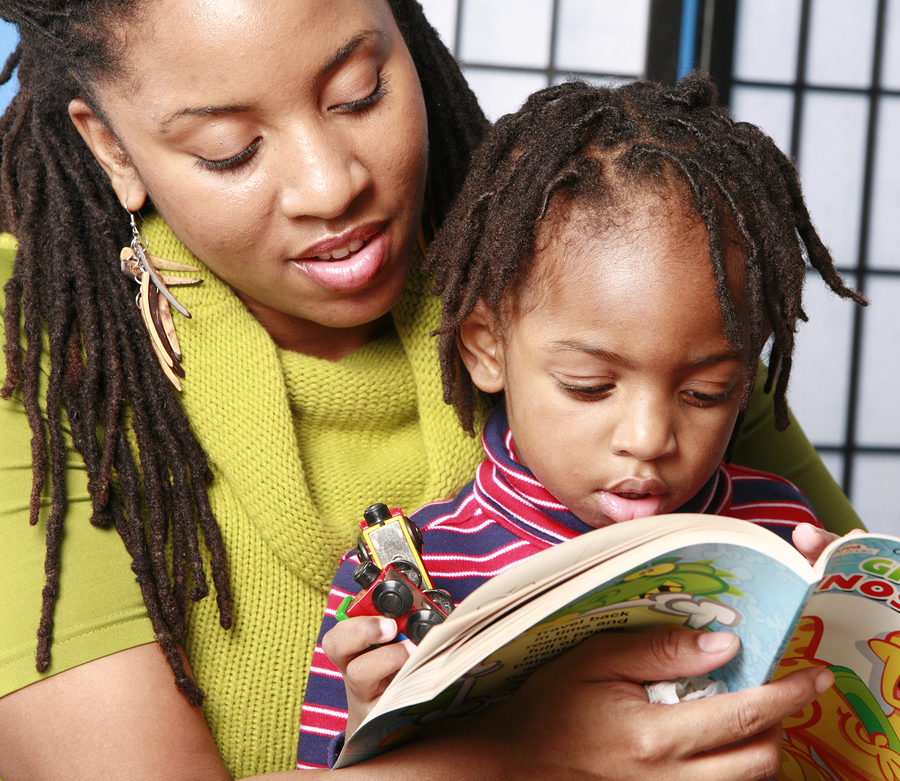
With school out of session, you may wonder how to keep your preschooler engaged and learning outside the formal classroom setting. Instead of keeping them occupied with the iPad or toys, there are some more intentional ways you can spend meaningful time with them, have fun, and help them continue learning about the world around them.
It can be challenging to come up with lessons or activities on your own, so here are some ideas to get you started.
Read Books Together
The easiest way to keep your preschoolers engaged in learning is by reading with them! Have a consistent story time, whether before bath and bed, in the afternoons after lunch, or at another time during the day. Sitting and reading aloud to them can encourage their positive relationship with books and quality bonding time with you. When you read to them, ask them questions about the story to help them become more thoughtful and encourage their reading comprehension.
You can also encourage your child’s imagination by allowing them to read to you (even if they don’t know their letters yet). Having them look at pictures and create their own story based on what they see encourages their imagination and critical thinking. It also enhances their brain and language development, teaches them to value books and stories, and sparks curiosity.
Choose diverse picture books about different topics and cultures that use various styles, such as rhyme or repetition. Reading a variety of books allows kids to understand that not all books are the same while learning about something new and educational.
Create Sensory Bins
Sensory bins are a great way to keep your toddler or preschooler engaged in open-ended play. It encourages children to explore the materials inside the bin using their five senses with no particular expectation, direction, or defined outcome.
There are all types of sensory bins out there to keep kids entertained and stimulate their senses and brain development. It’s a great way to engage toddlers and preschoolers and help them explore different materials and engage in open-ended play in a safe and controlled environment. You can also use it to help your child calm down and focus. If your child doesn’t seem to know what to do at first, don’t try to teach them how to use it but allow them to get creative and use their imagination to explore.
The sensory bin doesn’t need to be fancy or expensive, and you can fill it with virtually anything. Here are some ideas to get you started:
- Moon sand with little toys, buckets, or shovels
- Kinetic sand
- Dirt with plastic insects or animals
- Colored rocks
- Colored water and rubber ducks
- Water and ice cubes
- Jello
- Beans, chickpeas, or rice
- Feathers, buttons, or holiday bows
- Water beads
- Cotton balls
- Soapy water
- Various sizes of pumpkins or gourds
Visit a Children’s Museum
While the Portland Children’s Museum closed in 2021, there is the Play Street Museum in Beaverton, where your kids can explore and interact with the different exhibits. It gives you some time for your children to play in a safe and educational space. You can learn more about why indoor play is crucial for children here.
Explore the Natural World
Instead of focusing on curriculums or worksheets, take your kids outside to explore the natural world. There are so many ways to teach your child how to socialize, interact with the world, think critically and creatively, and learn how to use their body. Often, it’s outside of a structured learning environment where they discover and practice many of these skills and lessons.
Take nature walks with your preschooler and collect leaves or rocks. Talk about what they notice. You can do mindfulness exercises with them as you walk to keep them focused and calm, such as seeing how many objects they can find that start with a letter in the alphabet or counting your steps. Learning can happen anywhere, and using the world as an educational environment will encourage your child to be a lifelong learner wherever they go.
Educational Coloring Books and Art Projects
You can use coloring books to teach kids about their numbers or letters and develop their fine motor skills as they color in the pictures. This way, you can also teach them the right way to hold a crayon or colored pencil and allow them to practice. If you use a coloring book with letters, you can practice letter identification and sounds. A book with numbers provides them with the opportunity to practice counting.
Doing other art projects and using tools such as safety scissors or glue can help them become more independent and develop their fine motor skills.

Emily currently lives in Orange County, California after spending four years in Illinois and half a year teaching in Florence, Italy. She holds a B.A. in English Literature from Knox College and an M.A. in Counseling from the University of San Diego and has taught English to native speakers and ESL students for over three years. When she’s not working as a School Counselor or writing, she enjoys traveling the world, playing instruments, and blogging about Millennial experiences at Long Live the Twenties.
